Description
A Coriolis flow meter can detect the flow of all liquids and gases which can be used for the food and chemical industry.
Mass Flow Meter, also known as an inertial flow meter is a device that measures mass flow rate of a fluid traveling through a tube. The mass flow rate is the mass of the fluid traveling past a fixed point per unit time. Coriolis mass flow meters can detect the flow of all liquids and gases which can be used used for the food and chemical industry.
The Mass Flow Meter does not measure the volume per unit time (e.g., cubic meters per second) passing through the device; it measures the mass per unit time (e.g., kilograms per second) flowing through the device.
Coriolis mass flow meters can detect the flow of all liquids and gases which can be used for the food and chemical industry
Specifications:
- Design Pressure: 1200 PSIG
- Design Temperature: -282 to 300 Deg. C
- Sizes: 1/2″ to 4″ but larger sizes are customized.
- Fluids/ Applications: Liquids (clean/ dirty/viscous/ slurries) clean /liquified gases
- Flow range: 0 – 4,500 GPM
- Material of tube: Mostly in stainless steel, other options
- Accuracy is +0.1% to +0.5% of flowrate
- Range ability is 20: 1
- Bi-Directional flow measurement
- Measured variable: Mass flow, volume flow, temperature and density.
- Output: Pulse, 4~20mA, RS485, HART, 0-10VDC (Optional)
- Power supply: 85~265VAC or 18~36VDC
Advantages of Coriolis Flow Meter:
- Capable of measuring difficult handling fluids
- Independent of density changes, flow profile and flow turbulence. Hence straight lengths are not required.
- No routine maintenance required since no moving parts
- High accuracy
Disadvantages of Coriolis Flow Meter:
- Not available for large pipes
- High flow velocities required for detection resulting in high pressure drop
- Expensive compared to other flowmeters
- Difficulty in measuring low pressure gases
Technical Side of the Coriolis Flow Meter:
Volumetric:
Volumetric flow rate is the mass flow rate divided by the fluid density. If the density is constant, then the relationship is simple. If the fluid has varying density, then the relationship is not simple.
Density:
The density of the fluid may change with temperature, pressure, or composition, for example. The fluid may also be a combination of phases such as a fluid with entrained bubbles.
The Actual density is due to dependency of sound velocity on the controlled liquid concentration.
What happens to the Fluid?
Fluid is being pumped through the coriolis flow meter or mass flow meter. When there is mass flow, the tube twists slightly. The arm through which fluid flows away from the axis of rotation must exert a force on the fluid, to increase its angular momentum, so it bends backwards.
Curved Mass Flow Meters:
curved tube mass flow meters are designed where the fluid is led through two parallel tubes. The actual frequency of the vibration depends on the size of the mass flow meter, and ranges from 80 to 1000 Hz.
When no fluid is flowing on a Coriolis flow meter, the motion of the two tubes is symmetrical, as shown in the left animation.
What happens to Coriolis Flow Meter during mass flow:
- Some twisting of the tubes
- The arm carrying the flow away from the axis of rotation must exert a force on the fluid to accelerate the flowing mass to the vibrating speed of the tubes at the outside (increase of absolute angular momentum), so it is lagging behind the overall vibration.
The arm through which fluid is pushed back towards the axis of movement must exert a force on the fluid to decrease the fluid’s absolute angular speed.
The inlet arm and the outlet arm vibrate with the same frequency as the overall vibration, but when there is mass flow the two vibrations are out of sync: the inlet arm is behind, the outlet arm is ahead.
The two vibrations are shifted in phase with respect to each other, and the degree of phase-shift is a measure for the amount of mass that is flowing through the tubes.
Coriolis Flow Meter Economics:
These mass flow meters provide short payback periods on applications where measurement accuracy lowers production costs. They also have a short payback when multiple measurements (including density, temperature, pressure) are needed.
On the other hand, they may not be competitive when used in simple flow measurement applications. Where volumetric sensors are sufficient and where repeatability is more important than precision other type like Micro Mass Flow Meter, Turbine, Electromagnetic, Variable Area, Ultrasonic and Vortex may be the preferred choice.
Coriolis mass flow meters can detect the flow of all liquids and gases which can be used for the food and chemical industry and are the best choice for an accurate flow meter.
A Coriolis flow meter measures the mass flow rate of a fluid by analyzing the changes in the Coriolis force that occur as the fluid flows through a vibrating tube. The response time of a Coriolis flow meter refers to the time it takes for the meter to detect a change in flow rate and produce an output signal. Several factors can impact the response time of a Coriolis flow meter, including:
- Tube diameter and length: The size and length of the vibrating tube can affect the response time. Generally, longer and narrower tubes have a slower response time because they take longer for the fluid to flow through and affect the tube’s vibrations.
- Fluid density and viscosity: The density and viscosity of the fluid being measured can also affect the response time. Higher density or viscosity fluids can take longer to flow through the meter, leading to a slower response time.
- Flow rate: The flow rate of the fluid can also impact the response time. Generally, faster flow rates can result in a faster response time because the fluid is moving more quickly through the meter.
- Meter design and technology: The design and technology of the Coriolis flow meter can also impact its response time. Some meters may have faster response times due to advanced sensors and electronics.
- Environmental conditions: The environment in which the meter is installed can also impact the response time. Factors such as temperature, pressure, and vibration can affect the meter’s ability to detect changes in flow rate quickly.
Overall, it is important to consider these factors when selecting and installing a Coriolis flow meter to ensure accurate and reliable flow measurement.
Specifications
Coriolis Flow Meter Specifications
| Flange Types | ANSI classes - 300, 600, 900 and 1500 (per ANSI B16.5) |
| Specific Gravity | 0.35 to 1.50 |
| Accuracy Limits | accuracy limits (AGA 9 compliant) are:
• ± 1% without a flow calibration (10” and smaller line sizes)
• ± 0.7% without a flow calibration (for 12” and larger line sizes)
• ±0.1% with a flow calibration
Model(s) 3411 and 3412 accuracy limits are:
• ± 1.5% without a flow calibration |
| Power | Meter
• 10.4 VDC to 36 VDC
• 11 W power consumption (15 W maximum)
Serial cable
• Belden #9940 or equivalent (22 gauge)
— Capacitance (pF/m) 121.397 (conductor to conductor)
— capacitance (pF/m) 219.827 (conductor to other conductor and shield)
— Resistance (DC) DCR @ 20° C (recommended)
Ethernet cable
• Cat-5 Standard 100 Mbps
Frequency (see Table 3-1)
22 AWG wire characteristics areas follows:
— Capacitance = 20 pF/ft or 20 nF/1000 ft (between two wires)
— Resistance = 0.0168 Ohms/ft or 16.8 Ohms/1000 ft
— Pull-up voltages 24 VDC |
Pressure Drop
1/2″ Pressure Drop
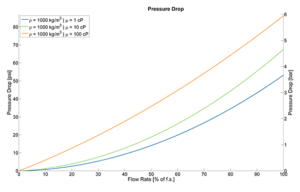
1″ Pressure Drop
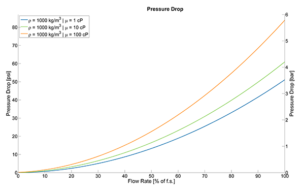
2″ Pressure Drop
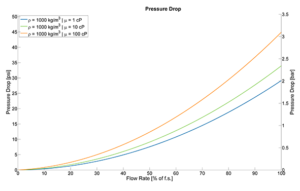
3” Pressure Drop
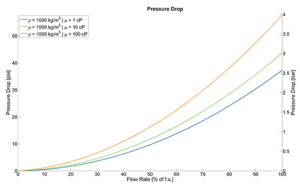
Accuracy
Mass Accuracy
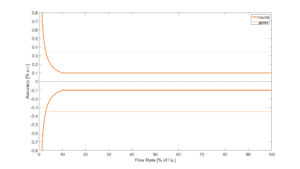
Volumetric Accuracy
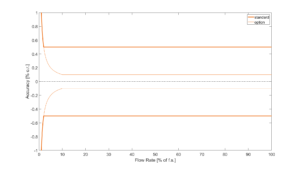
Q&A
A Q&A, or Question and Answer session, is an interactive format used to facilitate discussion. It is also used to provide information about a specific topic. In the case of Coriolis flow meters, a Q&A session would serve as an opportunity for participants to ask questions about the functioning, installation, calibration, applications, and troubleshooting of Coriolis flow meters.
During the Q&A session, experts or individuals with expertise in Coriolis flow meters would provide insightful and informative responses to these questions. Additionally, they may share their knowledge, experiences, and best practices to help attendees better understand and utilize Coriolis flow meters effectively. Moreover, the session would foster an open and collaborative environment, catering to the specific interests and concerns of those seeking information about Coriolis flow meters.
Coriolis flow meters are widely used in industrial applications for accurate and reliable measurement of fluid flow. In this Q&A Coriolis Flow Meters, we will provide an overview of what Coriolis flow meters are, how they work, and some benefits they offer. Let’s get started!
Q: What is a Coriolis flow meter?
A: A Coriolis flow meter is a type of mass flow meter that measures the mass flow rate of a fluid directly. It works by inducing vibration in the measuring tube and measuring the phase shift between two points on the tube.
Q: What fluids can be measured with a Coriolis flow meter?
A: Coriolis flow meters can be used to measure the mass flow rate of a wide range of fluids, including liquids, gases, slurries, and even multiphase flows.
Q: What are the advantages of using a Coriolis flow meter?
A: The advantages of using a Coriolis flow meter include its high accuracy, direct mass flow measurement, and ability to measure a wide range of fluids. Finally, they are also very versatile and can be used in a variety of industries and applications.
Q: What are the main applications of Coriolis flow meters?
A: Coriolis flow meters are commonly used in the food and beverage industry, pharmaceuticals, chemicals, oil and gas, and many other industries that require accurate and reliable flow measurements.
Q: How do you install and maintain a Coriolis flow meter?
A: Coriolis flow meters should be installed in a location where the fluid is fully developed, and the flow is uniform. Maintenance typically involves periodic calibration and cleaning of the measuring tube to prevent the buildup of solids or other contaminants that may affect the accuracy of the measurement.
Q: What are the key factors to consider when selecting a Coriolis flow meter?
A: When selecting a Coriolis flow meter, it is important to consider factors such as the expected flow rate, viscosity of the fluid, pressure, and temperature range, accuracy requirements, and the environment in which the meter will be installed.
Q: How does a Coriolis flow meter compare to other types of flow meters?
A: Compared to other types of flow meters, such as turbine, magnetic, or ultrasonic flow meters, Coriolis flow meters offer the advantage of direct mass flow measurement with high accuracy and reliability. Additionally, they can also measure a wide range of fluids and are not affected by changes in fluid properties, such as temperature or viscosity. However, they can be more expensive and require more careful installation and maintenance than some other types of flow meters.
Q: What is a Coriolis flow meter?
A: A Coriolis flow meter is a type of flow meter that measures the mass flow rate of fluids. Additionally, It works based on the principle of the Coriolis effect, which causes a vibrating tube to twist when a fluid flows through it. Finally, the degree of twist is proportional to the mass flow rate of the fluid, allowing for accurate measurement.
A: Coriolis flow meters have several advantages, including:
-
- High accuracy and precision
-
- Able to measure both liquid and gas flows
-
- No moving parts that can wear out or be damaged
-
- A wide range of flow rates can be measured
-
- Ability to measure density and temperature as well
Q: What applications are Coriolis flow meters commonly used in?
A: Coriolis flow meters are used in a wide range of industries and applications, including:
-
- Chemical and petrochemical processing
-
- Food and beverage production
-
- Pharmaceutical manufacturing
-
- Oil and gas exploration and production
-
- Water and wastewater treatment
-
- Mining and minerals processing
Q: What factors should be considered when selecting a Coriolis flow meter?
A: When selecting a Coriolis flow meter, several factors should be considered, including:
-
- Flow rate range: Make sure the flow meter can measure the required range of flow rates.
-
- Fluid type: Ensure that the flow meter is compatible with the fluid being measured, including its viscosity and corrosiveness.
-
- Process conditions: Consider the process pressure and temperature, as well as any potential vibrations or shocks.
-
- Accuracy requirements: Determine the required level of accuracy and precision for the application.
-
- Installation requirements: Consider the space available for installation, as well as any piping or wiring requirements.
Q: What maintenance is required for Q&A Coriolis Flow Meters?
A: Coriolis flow meters are relatively low maintenance, with no moving parts to wear out or be damaged. However, regular calibration may be necessary to ensure accurate readings. In addition, the flow meter should be inspected periodically for any signs of damage or wear. Finally, any necessary repairs should be made promptly.
Buy Coriolis Flow Meter
Advantages / Disadvantages
Advantages of Coriolis Flow Meters
High Accuracy: Coriolis flow meters are known for their exceptional accuracy in measuring flow rates of liquids and gases, making them suitable for applications where precision is critical.
Mass Flow Measurement: Unlike some other flow meter types, Coriolis meters can directly measure mass flow rate, independent of fluid properties such as temperature, pressure, or density variations.
Multivariable Measurement: Coriolis flow meters can provide additional measurements such as density, temperature, and concentration along with flow rate, offering comprehensive process data in a single device.
Wide Range of Applications: These meters can be used across various industries, including oil and gas, chemical processing, food and beverage, pharmaceuticals, and more, due to their versatility and capability to handle different types of fluids.
Low-Pressure Drop: Coriolis flow meters typically have a low-pressure drop compared to some other flow measurement technologies, preventing any significant impact on the overall system performance.
Disadvantages of Coriolis Flow Meters
Cost: Coriolis flow meters are generally more expensive upfront compared to some other flow meter types, which can be a significant investment for some applications.
Susceptibility to Vibrations: External vibrations or mechanical disturbances can affect the performance of Coriolis flow meters, leading to potential inaccuracies in flow measurements.
Fluid Compatibility: Certain fluids, especially those with high viscosity, solids content, or corrosive properties, may pose challenges for Coriolis flow meters, limiting their suitability for some applications.
Size and Weight: Coriolis meters can be larger and heavier than other flow meter technologies, which may be a constraint in installations where space is limited or weight considerations are important.
Maintenance Requirements: Coriolis flow meters can have complex internal components that require regular maintenance and calibration to ensure accurate and reliable performance, adding to the overall cost of ownership.
While Coriolis flow meters offer superior accuracy and versatility in flow measurement, it’s essential to consider these advantages and disadvantages to determine if they are the right choice for a specific application based on factors such as budget, fluid properties, environmental conditions, and maintenance capabilities.
Applications
Coriolis flow meters are versatile devices widely used across various industries for measuring the flow of liquids and gases. Some common applications of Coriolis flow meters include:
Oil and Gas Industry: Coriolis flow meters are utilized for measuring crude oil, refined products, natural gas, and various fluids in upstream, midstream, and downstream processes, such as testing, custody transfer, pipeline monitoring, and blending operations.
Chemical Processing: These meters are employed in chemical plants for accurate measurement of corrosive chemicals, solvents, acids, and other liquids used in production processes, ensuring precise flow control, batching, and inventory management.
Food and Beverage Production: Coriolis flow meters play a vital role in the food and beverage industry for measuring ingredients, additives, flavorings, and beverages with high accuracy, hygiene standards, and compliance with regulatory requirements.
Pharmaceutical Manufacturing: In pharmaceutical facilities, Coriolis flow meters are used for monitoring and dispensing ingredients, conducting batch processing, and ensuring precise flow rates of pharmaceutical solutions and products.
Water and Wastewater Treatment: These meters are employed in water treatment plants for measuring water flow, dosing chemicals, monitoring sludge, and managing processes related to disinfection, filtration, and distribution systems.
HVAC Systems: Coriolis flow meters are integrated into heating, ventilation, and air conditioning systems to measure the flow of water, glycol, or other fluids for efficient heat transfer, energy management, and building comfort control.
Petrochemical Industry: Coriolis flow meters are critical for measuring feedstock, petrochemical products, lubricants, and additives in refineries, petrochemical plants, and storage terminals to optimize production processes and ensure product quality.
Pulp and Paper Manufacturing: These meters are used in pulp and paper mills to measure pulp consistency, chemical additives, coatings, and process water flow rates for enhancing paper quality, production efficiency, and environmental sustainability.
Automotive Engineering: Coriolis flow meters find applications in automotive testing facilities for measuring fuel consumption, emissions, lubricants, coolants, and other fluids in engine testing, vehicle development, and research projects.
Aerospace and Defense: These meters are utilized in aerospace and defense industries for measuring hydraulic fluids, fuels, propellants, lubricants, and cooling fluids in aircraft, spacecraft, missiles, and military vehicles to ensure operational safety and performance.
These examples illustrate the diverse range of applications where Coriolis flow meters are employed to provide accurate flow measurement, improve process efficiency, enhance product quality, and ensure regulatory compliance in various industrial sectors.
Drawings
Only logged in customers who have purchased this product may leave a review.

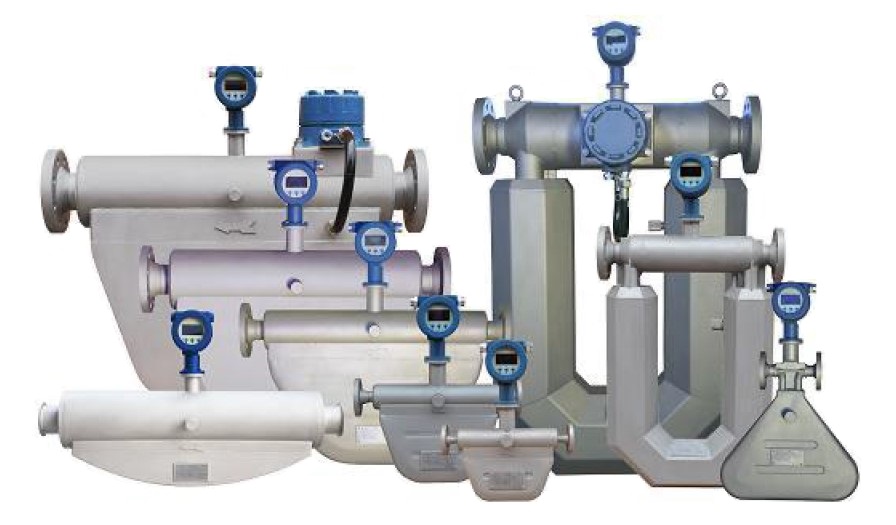
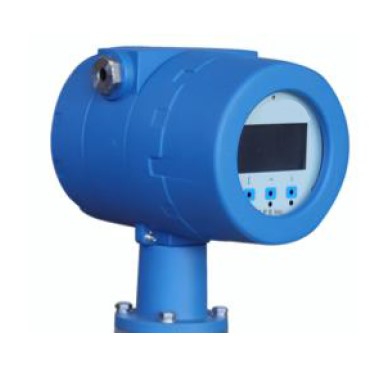
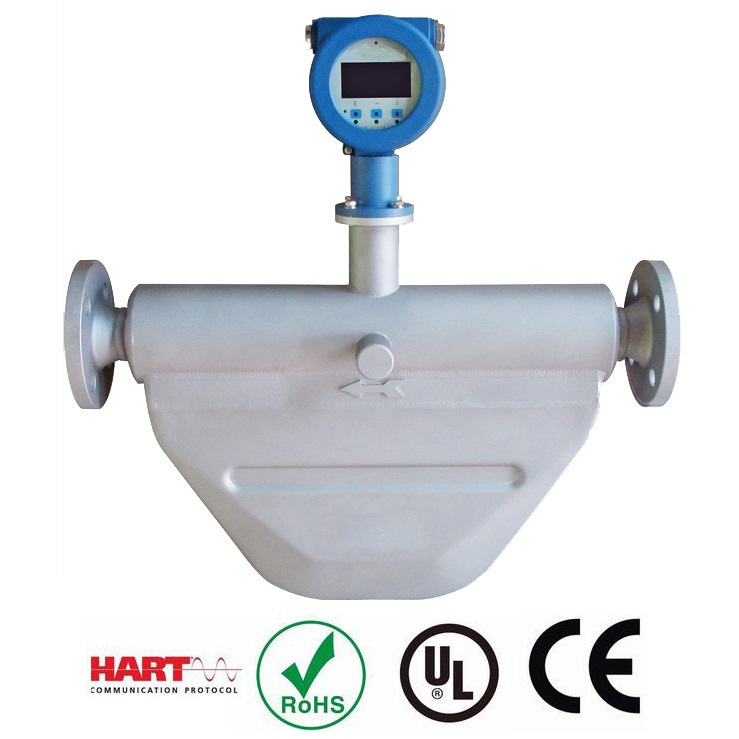
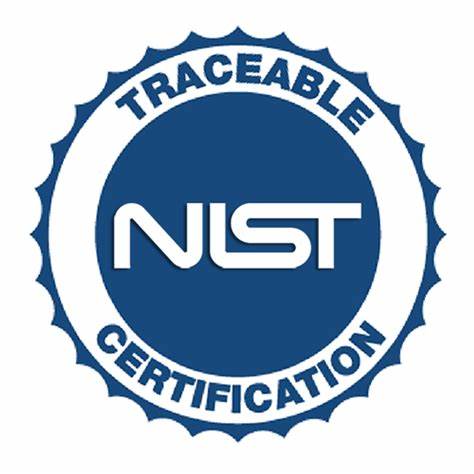

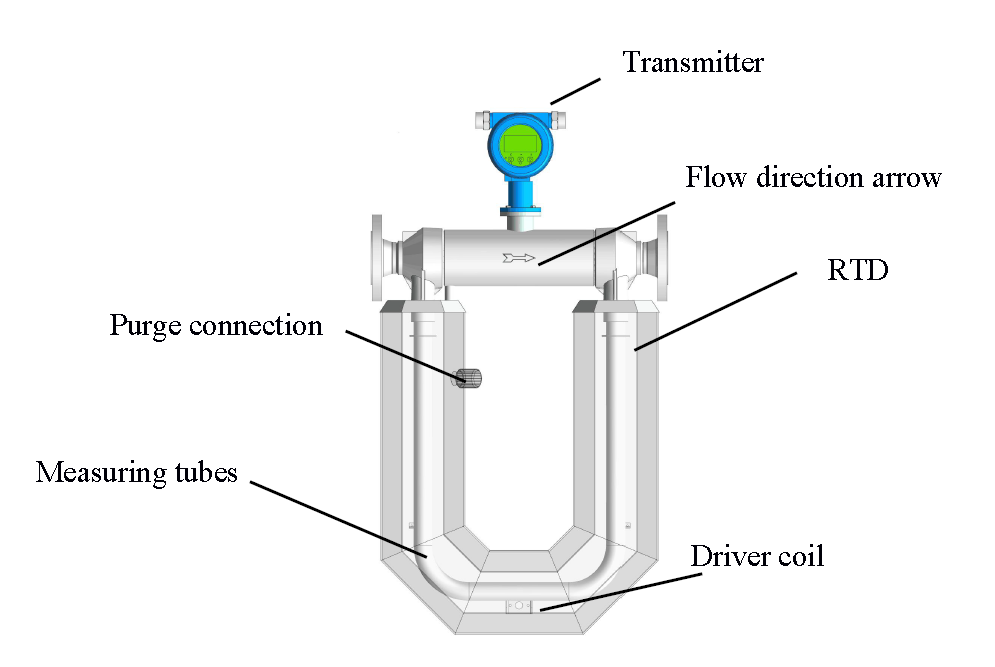
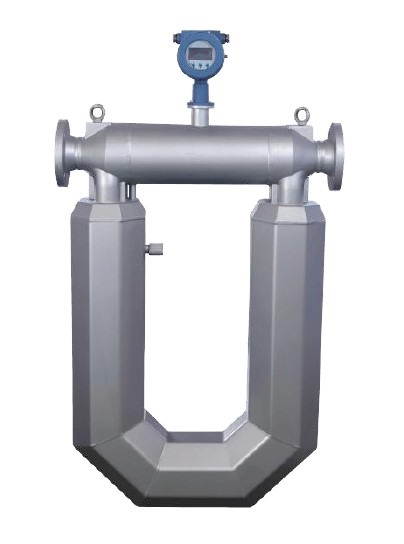
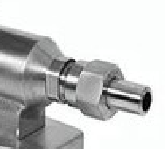
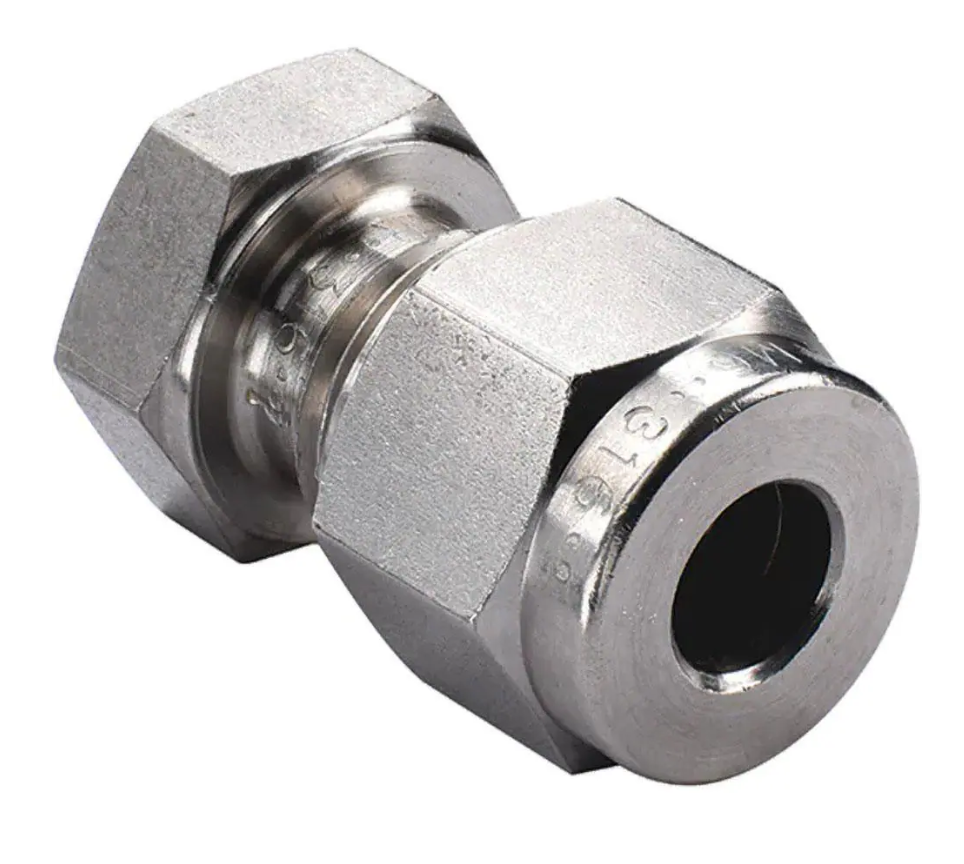
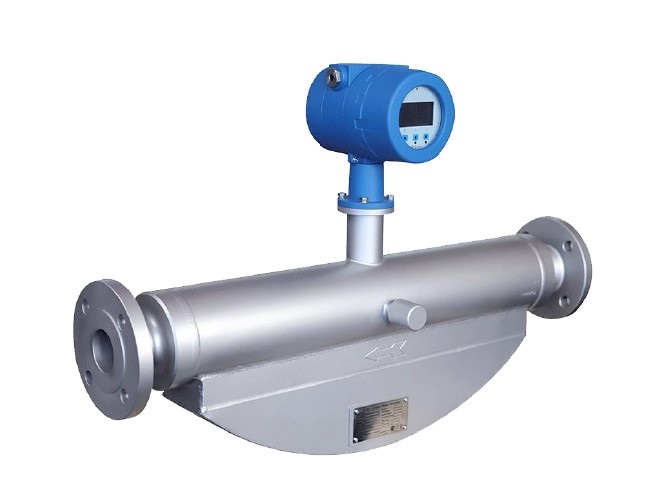
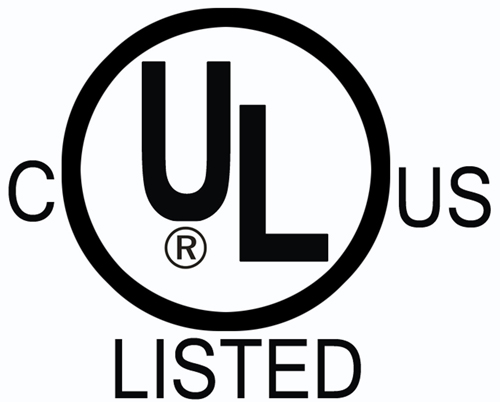
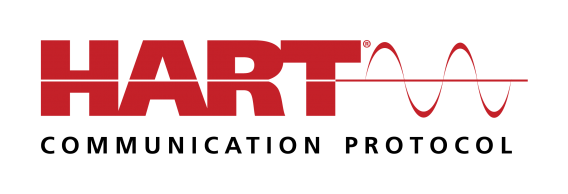
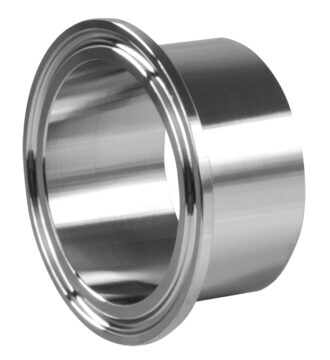






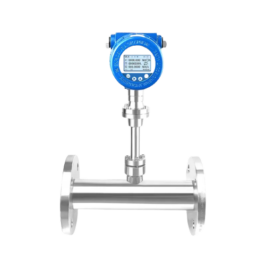
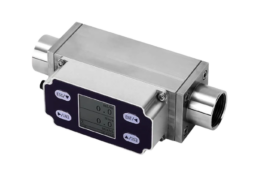
Reviews
There are no reviews yet.